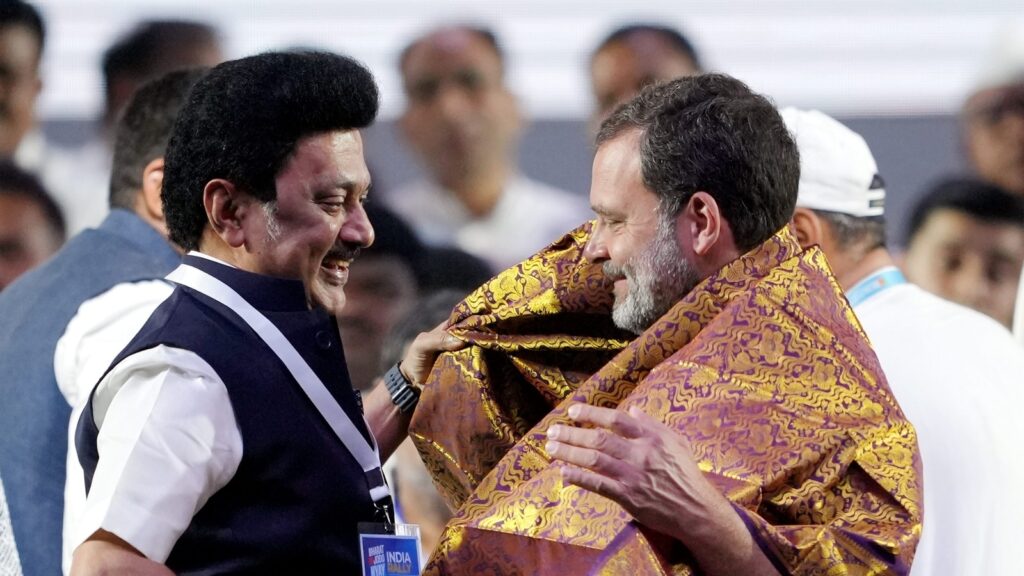Coalitions have dominated the electoral landscape since the 1980s. Taking a cue from the non-Congress, non-BJP National Front and United Front experiments of the late 1980s and 1990s, the BJP and the Congress formed the National Democratic Alliance (NDA) and the United People’s Alliance (UPA) respectively. The NDA continues to be a formidable pan-Indian force whereas the UPA has transformed into the INDIA bloc. However, INDIA has been slow in making itself seen as a united front. An exception in the INDIA story has been Tamil Nadu, where the nine-party state alliance concluded a seat deal on Monday. The Tamil Nadu template could guide INDIA elsewhere as it struggles to conclude seat talks.
The DMK is the dominant party in Tamil Nadu, yet it has set aside nearly half the seats for allies (18 of 39). The Congress gets nine seats to contest, whereas the CPI and CPM have been allotted four seats. Smaller groups such as the Kongunadu Makkal Desiya Katchi, Indian Union Muslim League and MDMK will fight from a seat each. The electoral base of these parties hardly justifies the number of seats they will contest! But the DMK seems to recognise that coalition dharma demands making allies feel comfortable. It is also politically smart since that helps the dominant party to build a broader social base.
This is a point the INDIA bloc has been reluctant to admit elsewhere, which explains why it failed to clinch a seat deal in West Bengal and has been unable to conclude talks in states such as Bihar and Maharashtra. In contrast, the BJP, like the DMK, has been good at the politics of accommodation even in a state such as UP, where it has a hegemonic presence. Elections are also won with smart tactics.

